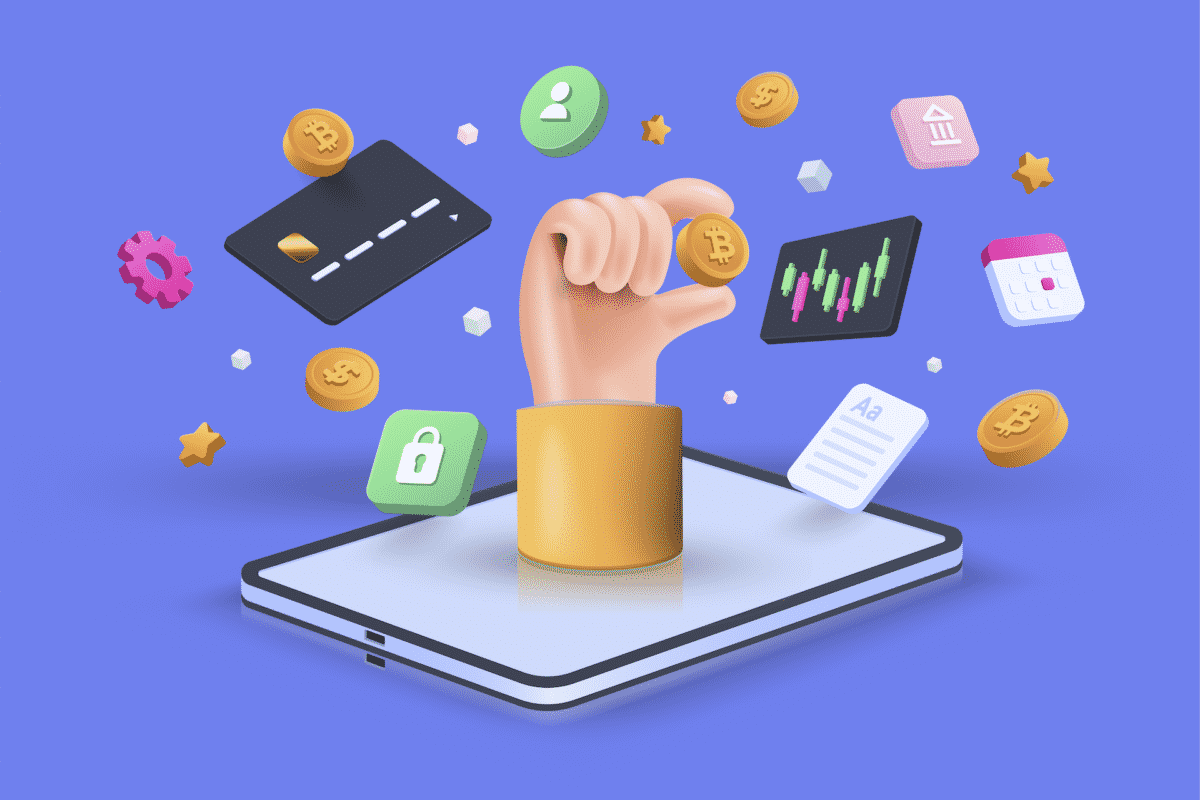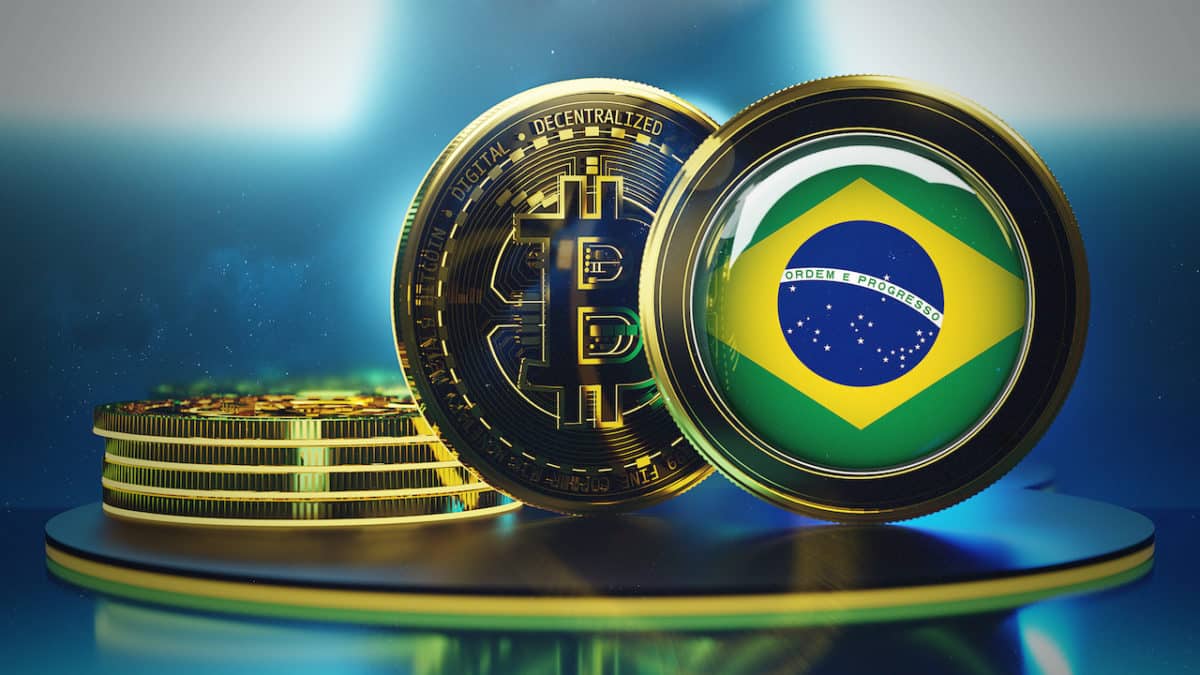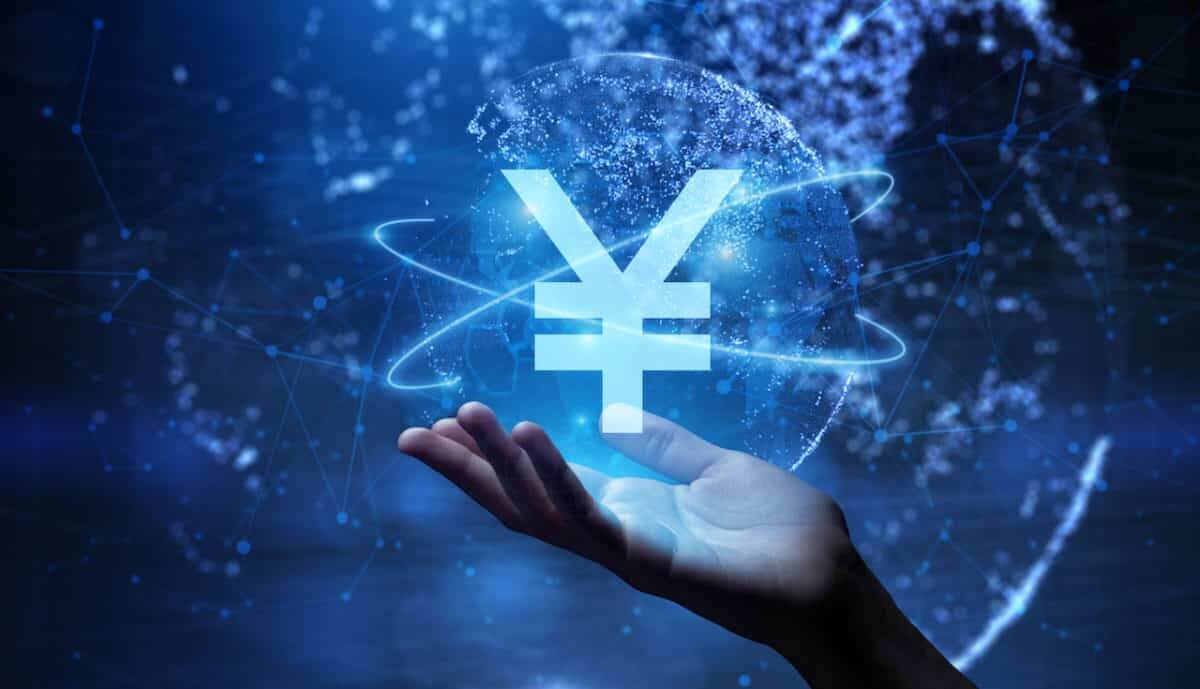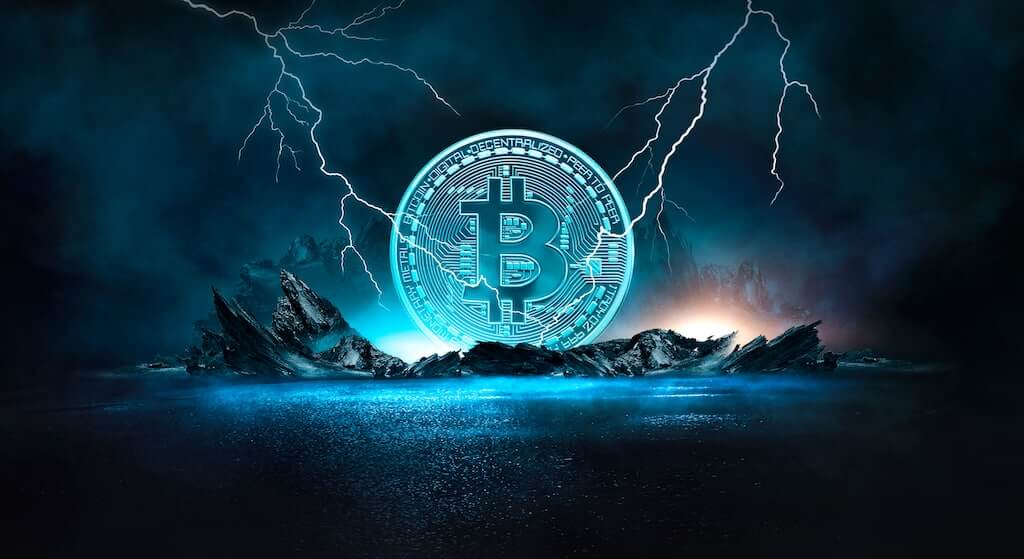A Crypto Payment Card by Nexo Is Coming: Are You Excited?

A Crypto Payment Card By Nexo Is Coming: Are You Excited?
Crypto lender Nexo says it plans to launch its first “crypto-backed” payment card.
The Nexo Card will be the first crypto payment card, allowing users to spend money without selling their digital assets. Nexo has partnered with DiPocket, the issuer of Nexo’s new products in Europe, and payment network MasterCard. Together, great minds plan to bring various innovative features to Nexo’s crypto payment card.
It marks the latest move by crypto and mainstream financial networks to unite as digital assets become more mainstream.
Nexo plans to initially launch the crypto payment card in select European countries. The card will allow users to spend without selling their digital assets, such as bitcoin. Instead, users will be able to use their assets as collateral for loans.
Generally, most traditional credit cards are not fully secure and have a set credit limit.
Nexo said the crypto payment card is linked to Nexo’s crypto-backed line of credit. The card will be available to 92 million merchants worldwide that accept Mastercard. It will allow investors to spend up to 90% of the fiat value of crypto assets.
There is no limit to the amount a customer can spend or withdraw from an open credit line. Only the actual used credit line earns interest. Interest remains at 0% for customers with a loan-to-value ratio of 20% or less.
How Does Brazil Plan To Regulate The Crypto Market?
The Brazilian Senate has announced the imminent ratification of the “Bitcoin Law.”
The law regulating the Brazilian crypto market is likely to pass Congress in the first half of this year.
This law has been debated in the House of Representatives since 2015. Finally, it was approved in its first round of deliberations. The Senate attached it to another cryptocurrency-focused bill that the Senate Economics Committee has approved.
Passing the law in the plenary will not make bitcoin legal tender in Brazil, as it did in El Salvador.
The proposed law would allow Brazil’s president to designate a federal agency responsible for making crypto rules. The president will either create a new regulator or delegate this function to the National Securities and Exchange Commission (CVM) or the Central Bank of Brazil (B.C.).
Regulators will be responsible for setting market policies and norms in line with international standards. Additionally, they will work on the system to maximally prevent money laundering and asset concealment.
In addition to fines for committing fraud in virtual asset services, the bill imposes prison terms ranging from four to eight years.
Another point highlighted by the bill is establishing its own set of incentives for crypto miners in Brazil. It proposes to exempt ASIC imports into the country from tax. However, that may not be enough to attract bitcoin miners to the country. Brazil has one of the highest energy prices in South America. The prices are five times higher than in countries such as Paraguay and Venezuela.
Japan Won’t Use The Digital Yen To Achieve A Negative Interest Rate
The Bank of Japan said it won’t be using its central bank digital currency digital yen achieve negative interest rates.
Japan first introduced negative interest rates in 2016 to fight decades of deflation by encouraging borrowing and spending. Central banks only use negative interest rates during recessions as a last resort to stimulate the economy by encouraging borrowing and spending, paying interest to borrowers rather than lenders.
Hiromi Yamaoka, the former head of the Bank of Japan’s financial processing department, echoed this sentiment, warning that CBDCs could disrupt Japan’s economy earlier this year. While Yamaoka favors the idea of a digital payment method, he does not support the idea of using a CBDC for this.
The Wall Street Journal senior columnist James Mackintosh agrees that if interest rates fall below zero, the difference between a CBDC and cash will be highlighted. People will be more inclined to hold physical cash to “earn zero” rather than lose money on a central bank-issued digital dollar.
In his speech, Uchida explained that as the creation of the digital yen progresses, Japanese citizens can look forward to the release of a CBDC with many unique features.
The bank is considering limiting the amount of transactions per person or company during the pilot period. It is also considering whether to make the digital yen an interest-bearing asset.
However, Bank of Japan Governor Haruhiko Kuroda announced at the FIN/SUM Fintech Summit in Japan earlier this month that he has no plans to launch a CBDC anytime soon.
Bitcoin’s Lightning Network: How Long Does It Take To Send And Withdraw Bitcoin From Miami To Poland?
Before Russia invaded Ukraine in February, Alena Vorobiova didn’t think much about Bitcoin. However, after the border closures, massive shelling at home, cash shortages at ATMs across the country, and a central bank suspension of electronic money transfers, made her try bitcoin.
When you send $100 from the U.S. to Ukraine, money providers typically charge 10% or more for the transfer. Bitcoin’s Lightning Network (a payments platform built on top of Bitcoin’s base layer) reduces transaction costs to almost zero.
Vorobiova decided to put Lightning payments to the test using the expertise and translation skills of bitcoin developer Gleb Naumenko, who is currently hiding in western Ukraine as the war rages on.
The bottom line is that it works as the Bitcoin booster says it does.
It took less than three minutes to download a crypto wallet to Vorobiova’s phone, transfer bitcoin from the U.S. to Poland via the Lightning Network, and withdraw the equivalent Polish currency from a bitcoin ATM in the southwestern city of Wroclaw.
The tutorial took less than 60 seconds and included four basic steps: We downloaded the Blue Wallet app and generated a one-time invoice using a Q.R. code. McCormack scanned this Q.R. code with a similar app on his phone and then transferred 100,000 satoshis or sats (the smallest denomination of Bitcoin, approximately 0.00000001 BTC) from his account to ours. The entire transfer is about $50.
The post A Crypto Payment Card by Nexo Is Coming: Are You Excited? appeared first on FinanceBrokerage.



0 Response to "A Crypto Payment Card by Nexo Is Coming: Are You Excited?"
Post a Comment